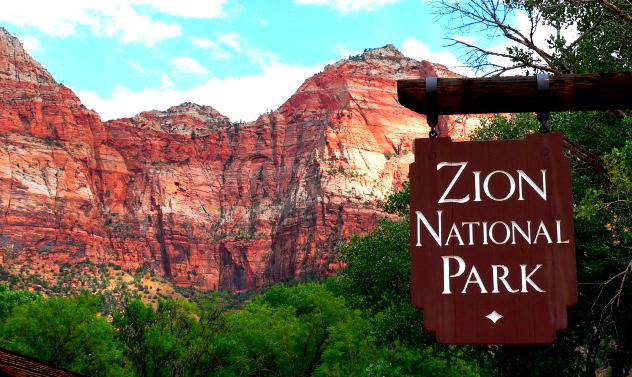
Yosemite allows it. So do Grand Teton, Mt. Rainier, and Joshua Tree National Parks. In fact, virtually all national parks in the United States allow some level of technical guide services to operate within their confines, but Zion National Park does not. Visitors can sign up for guides to whisk one up the (mostly) paved hikes within the main valley or take a guided horse ride, but when it comes to rock climbing and canyoneering, commercial guiding in Zion National Park is simply not allowed.
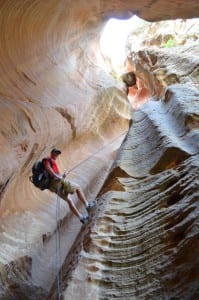
With the recent mass fatality in Keyhole Canyon, it can and has been argued that had a guide service been employed, there is a high likelihood that the seven amateur canyoneers would still be alive today. With the liability all guide services face, the likelihood that any competent, trained, and certified guide would have brought clients into Keyhole Canyon that afternoon is virtually nil.
Todd Goss, owner and chief guide for Paragon Adventures in St. George, pulls no punches when referring to the recent tragedy within the park when seven amateur canyoneers died in Keyhole Canyon during a flash flood. Goss, who has been guiding professionally for over 20 years, has seen the multitude of effects the ban on guiding has had both within the park and outside its boundaries.
“They have precluded specifically canyoneering and rock climbing from any sort of commercial use,” Goss said. ” I’m not exactly sure what the Park’s official reason is for that. Had those people had an opportunity to hire a professional guide service to take them down through Keyhole Canyon. No guide service would have stepped foot with them in that canyon. The guides would have said, ‘No way, we’re cancelled today, let’s look at tomorrow.’ No guide service would have considered it at that time of day with those weather conditions.”
They have precluded specifically canyoneering and rock climbing from any sort of commercial use. I’m not exactly sure what the Park’s official reason is for that. — Todd Goss
Goss said that there is much more to the issue than safety, stating that personal choice, illegal guiding, environmental impact outside of the park, and equipment maintenance are further examples of why technical guides should be allowed.
“People like to have a choice,” said Goss. “It’s rare that you could go to a park and not have the ability to hire a professional to help you do something that you don’t know how to do on your own, especially something dangerous. Having the ability for [park visitors] to hire a professional to guide them through a canyon or up a rock climb … that doesn’t mean they have to do that, they can do it on their own, but it would create a climate of lower risk for people that are going into the park. Right now with Zion’s prohibition against those two things, they are creating a climate of higher risk for people who don’t have the requisite skills, abilities, equipment, et cetera to go in and do those activities in the park.”
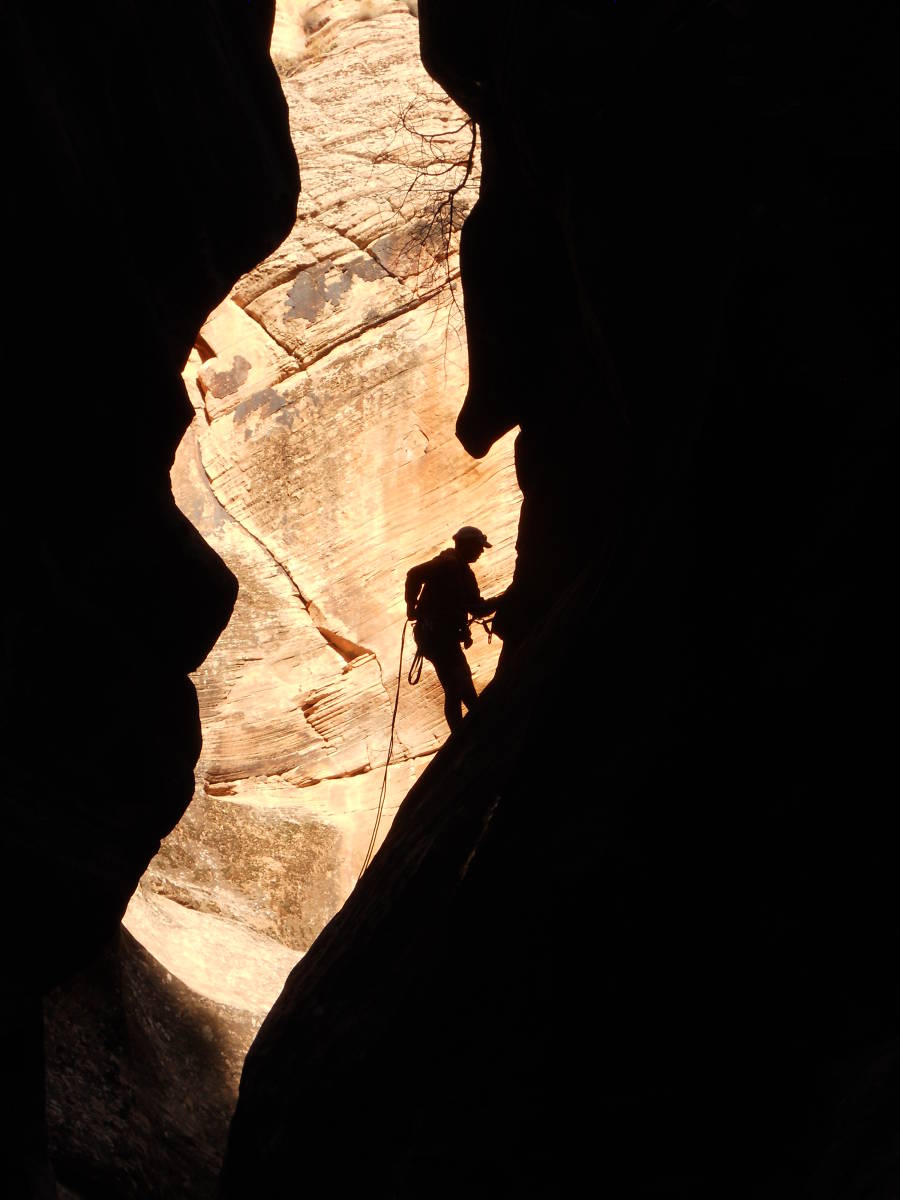
Goss also said that the ban on formal technical guides has spawned another problem: unlicensed guides.
“Zion has a huge amount of commando guiding, where people that aren’t legit are taking park visitors down canyons and up rock climbs,” Goss said, adding that the park has little ability to control the problem, something that could be stopped if licensed guides were given access.
“If there were professionals that were allowed to legally guide routes and canyons in the park, now you’ve got an entire police force basically who are going to report illegal guiding. We [guides] all kind of know one another, we know when someone is doing something that’s not legit.”
Beyond even these issues, Goss also pointed out that guide services have a very powerful interest in maintaining the integrity of routes, making sure that equipment like bolts, chains, and webbing at anchor stations are kept in good condition, something that is not as much of a concern for the visiting amateur. Most visitors to the park have generally spent a large sum of money in travel costs and are less likely to replace equipment that is needed, setting a precedent for worn-out and inadequate equipment.
Bo Beck, local outdoor authority and manager of the Desert Rat, agrees with Goss’ assessment that having a professional guide service would create a safer environment. Beck, however, feels that should Zion change its rules to allow for a guiding concession, it should be limited to a single company.
“I don’t say that to be discriminatory to any guiding service, but I don’t know if there’s a lot of room for more than one,” Beck said. “Zion is a pretty small park overall, and the resources for guiding are small. A guiding concession is going to diminish the available permits for the general public.”
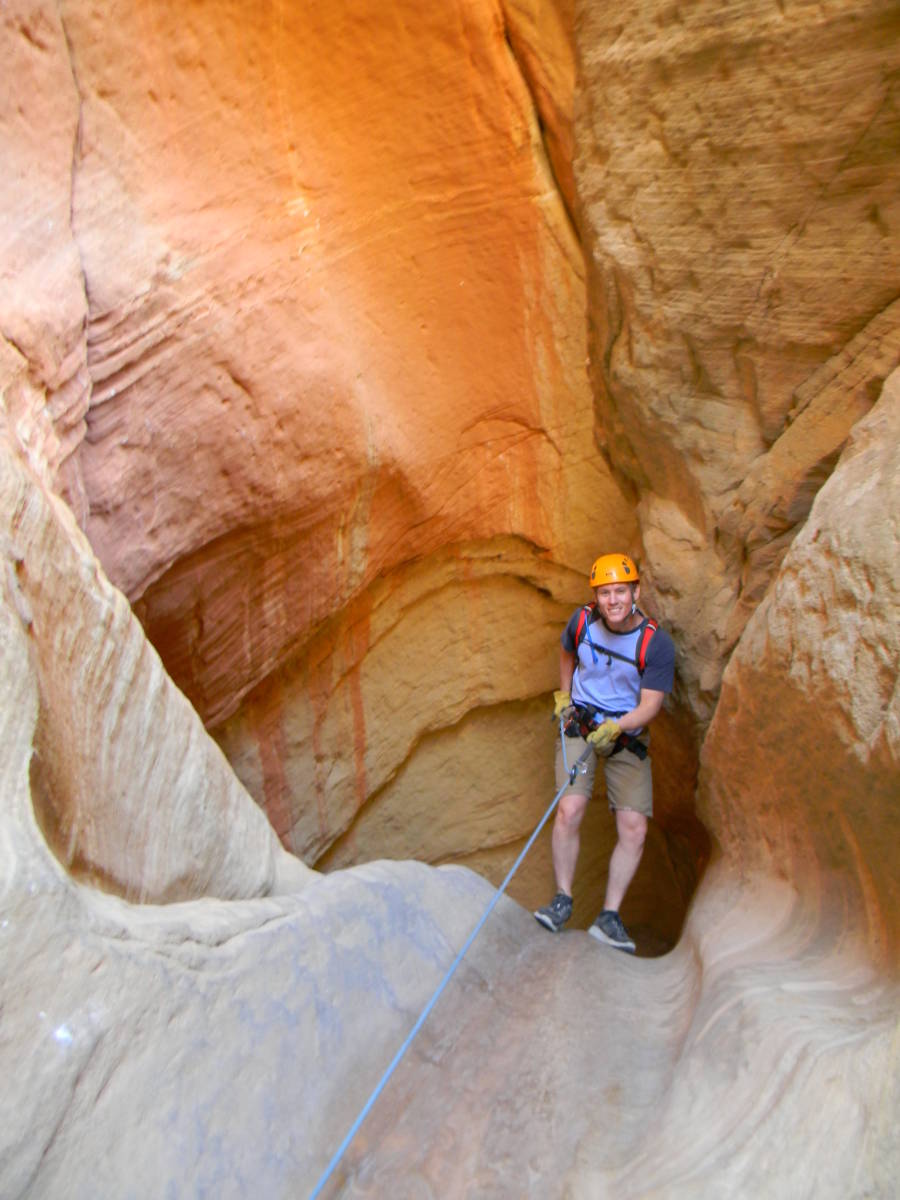
“[Zion National Park authorities] have set quotas that are reasonably low in order to manage the impacts, whether it be visual, noise pollution, or impacts to the resource itself physically. I have mixed feelings about [allowing professional guides]. I think that it can be done that concessions should be allowed, but maybe by upping the quotas slightly on some of the resources that they intend on using. I think it could help prevent people who feel that they have the proper training and technique even though they may not. It will prevent them from getting in over their heads, thereby possibly making it a safer environment.”
Beck said that there were multiple advantages to allowing guides within Zion.
“The number one advantage I can see is it enables folks that are maybe not experienced on their own to be able to handle a particular adventure that they’re wishing they could do,” Beck said. “It give those people an opportunity without spending hundreds of dollars and years of their time to learn the techniques to be able to do a once in a lifetime thing.”
I think it could help prevent people who feel that they have the proper training and technique even though they may not. It will prevent them from getting in over their heads thereby possibly making it a safer environment. — Bo Beck
One issue that both Goss and Beck believe could be alleviated by allowing guiding in Zion is the environmental impact on the areas outside the park. Because guiding is not allowed in the park, services such as Paragon are forced to utilize slot canyons and rock climbs in a limited number of locations, placing heavier wear and impact on those spots.
“There has been a huge impact on specific areas such as Water Canyon and Yankee Doodle Canyon, which offer that similar, Zion-esque type canyoneering. As far as rock climbing the impact the brunt of it is taken in Snow Canyon State Park or Lamb’s Knoll.”
“We’ve all had to find these alternative canyons,” Goss said. He estimates that this year alone, Paragon Adventures has taken approximately 300 people through Yankee Doodle Canyon alone.
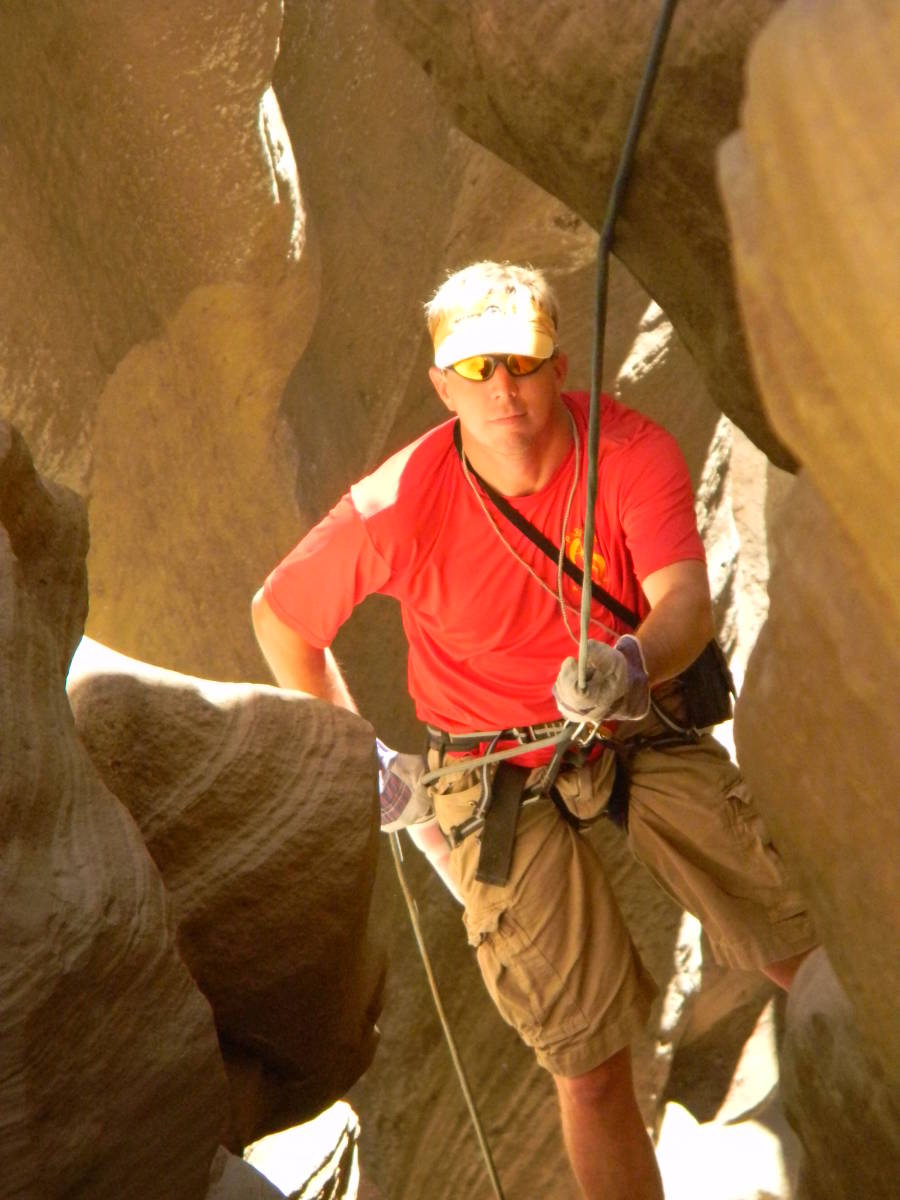
“And we’re small,” he said.
Alyssa Baltrus, spokesperson for Zion National Park, says that when the Backcountry Planning Guide was formulated in 2006, only 15 percent of the 172 comments they received were in favor of allowing commercial guiding.
“There were folks that felt like if commercial guiding was allowed there might be more competition for those permits. There were some other folks that felt like there were places where commercial guiding occurs outside of Zion and that maybe it doesn’t need to occur inside Zion.”
“So what we decided was what with the pristine area of the wilderness in Zion to not allow any sort of commercial services, but then within the transition areas we would allow that. Transition zones include Observation Point Trail, the Narrows below Orderville Canyon and Timber Creek Overlook.”
When asked whether allowing guides would foster a safer environment in Zion, Baltrus stated that she had no way to gauge whether that was true. She admitted that when they received the comments from the public on the Backcountry Planning Guide, the 15 percent who spoke in favor of guides cited safety as the main reason for their possible inclusion.

“The argument was the ability of the guides to promote safe canyoneering and resource conservation.” Baltrus said.
With the recent deaths in Keyhole Canyon, Zion National Park will be doing a reassessment of their permitting process, although their is no word as to whether that reevaluation will include a discussion of allowing guides.
“Any time that we have fatalities we always have an interdisciplinary meeting where we look at everything. We look at processes, we look at information that is given ahead of time, we look at everything that can cause an accident.”
Goss said that another benefit of allowing guiding in Zion is the impact a peak experience such as rock climbing or canyoneering has on visitors long after the actual experience has occurred.
“It gets some people so psyched about the outdoors and so supportive of environmental causes, and so inspired. They would never do that on their own.”

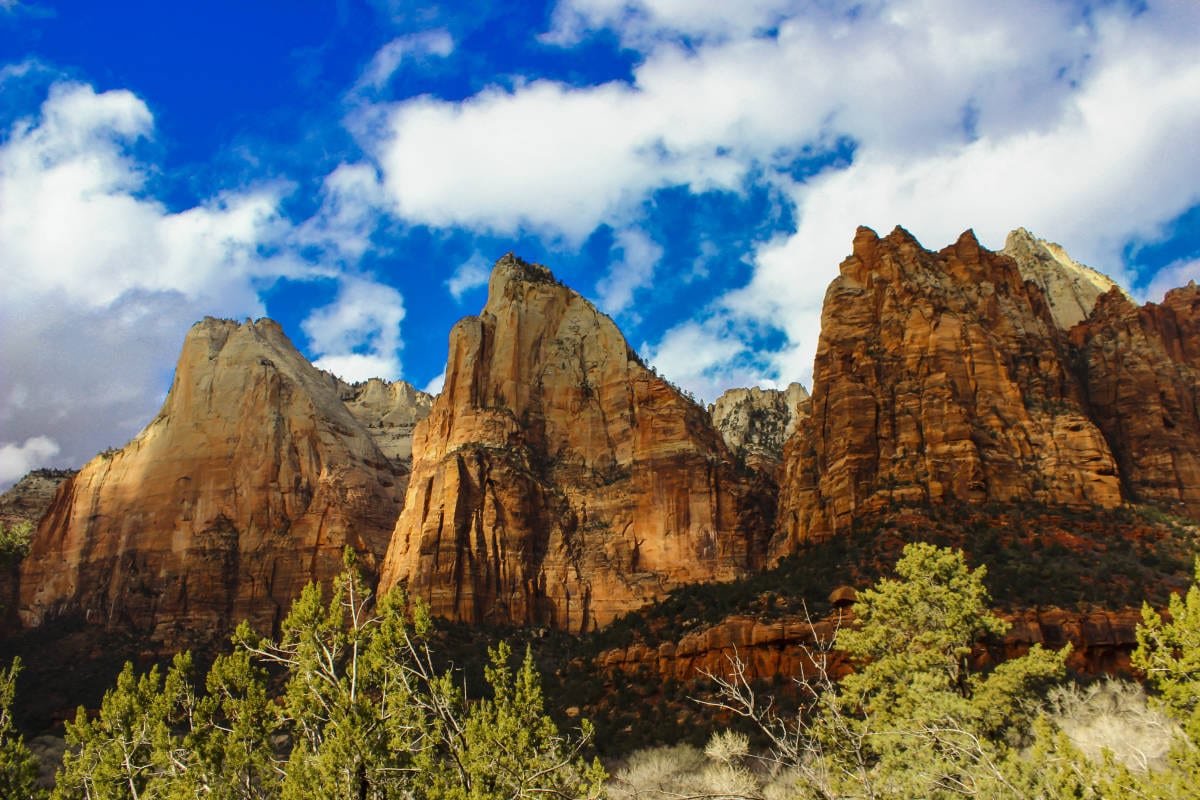



Hard to take seriously Todd’s devotion to “safety”, and Todd’s professionalism, when he provides pictures of canyoneers going without helmets. I hope this is not how he treats his clients.
I’m sure that some outfitters and guides in the area are drooling at the possibility of commercial guiding in Zion. ($$$$$$!!!!) I personally like the lack of commercial guiding within Zion. Guiding in nearby canyons like Birch Hollow and Water Canyon have turned them into tourist super highways. And addressing Todd’s flawed argument directly, no I don’t think commercial guiding would have saved these people. They were hellbent on doing Keyhole that day, regardless of the rangers warning and discouraging them from going that day. Just because a guide service wouldn’t do the canyon doesn’t mean that the guide service wouldn’t have prevented them from deciding to go alone. (They had already taken a ZAC training, why would they think they would need a guide to stop them?) While this was the most fatal canyoneering accident in the history of Zion, I don’t think policy needs to change.
Oh, and echoing Tom’s comment… put a helmet on, Todd! Seriously, you don’t wear a helmet? Red flag.
I have to disagree. Having climbed on Rainier and the Grand Teton, I have seen how much safer those places have been with professionals at the scene. Part of the point that my article made is that those places like Birch and Water Canyon have gotten so busy precisely because there is no guiding in the park, it forces people to places like that.
I know you made that point about places like Birch and Water, but I don’t think opening Zion to guiding would help those places at all. It would just turn Keyhole, Pine Creek, Echo, and even some of the less permit-competitive canyons into bigger tourist superhighways than they already are. Guides will advertise trips through these slots and suck down all of the permits.
I am pretty sure Zion would not give all the permits away for those places to Guide Services alone, just like they do not give away all the permits for floating the Colorado in the Grand Canyon, or all the permits for climbing the Grand Teton.